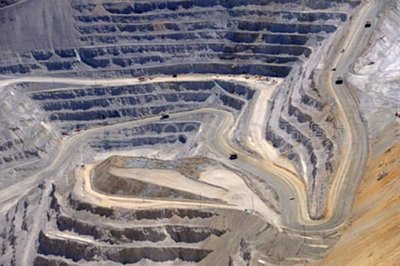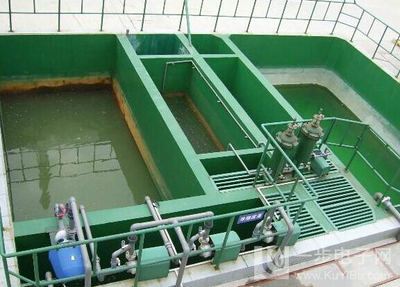
China is a mineral processing mining country, the use of polyacrylamide flocculants in the field of mining and metallurgy is very extensive, mainly related to mining, mineral processing, metallurgical minerals and other processing processes. Because in the above processing process need to add a lot of water. The process of adding water separates the solid minerals in the effluent. In order to accelerate the concentration of fine objects and improve the filtration efficiency, it is necessary to choose the appropriate polyacrylamide to achieve a good separation effect and improve the production capacity of the equipment, reduce the loss of useful minerals, improve the yield, and accelerate the reuse of tailings wastewater.
1, coal industry coal after mining, according to the different particle size classification, according to the coal particles and impurities in the water medium in different proportion to achieve separation in the water, the coal floats above, the impurities sink to the bottom, the treated coal is classified, so as to get the product. In this process, pulverized coal is produced, which requires further processing for recovery. It is usually completed by flotation process, adding flocculant and coagulant aid to improve the separation efficiency of coal and impurities, clean coal flotation out, and tail coal settlement. The refined coal from the flotation is settled, filtered or centrifuged to recover the refined coal. In this process, anionic polyacrylamide is used as a flocculant to promote solid-liquid separation, and then filtered and centrifuged in the concentrator, and the anionic polyacrylamide flocculant is used again.
2. The minerals after crushing and screening of gold and silver are further ground by adding water and lime to the grinder, and sedimentation is carried out in the next concentrator. At this stage, the anionic polyacrylamide of the Capital Company is used to promote the rapid settlement of the solid, and the substrate is filtered through a series of filter tanks. The anionic polyacrylamide flocculant is added to the concentrator before filtration.
3, lead and zinc in the separation process of zinc sulfide: the mineral is oxidized to zinc oxide by calcination. The oxide is then leached with sulfuric acid. A neutral filtrate with a PH of about 5 and an acidic filtrate with a PH of 2.5 can dissolve all concentrate in sulfuric acid. Some concentrators add a thermal filtration concentration process to further improve recovery rates. Reverse reflux sedimentation systems are commonly used for neutral concentration overflow purification. In the lead-zinc filtration process, anionic polyacrylamide is used to promote the rapid settlement of minerals and the clarification of filtrate, improve the production efficiency of the process and reduce the loss of minerals.
4, aluminum ore in the aluminum ore processing process, the mineral is first crushed to less than 1mm. Then add concentrated sodium hydroxide and apply high temperature and pressure. Aluminum dissolves in highly corrosive liquids, while no other impurities except soluble silicon are dissolved. After this process, the gravel is removed along with the pulp that has undergone primary concentration and precipitation. The anionic polyacrylamide produced by First Trust Company was added to the primary concentration tank. This is a very important process for clarifying the overflow. The bottom flow of the concentration pool, the red mud, will be treated through a reverse reflux sedimentation process. In this process, the aluminum in the liquid is recovered through a series of washing sedimentation tanks. Anionic polyacrylamide is then re-used to facilitate rapid sedimentation and to obtain the required clarification overflow. The aluminium-rich primary concentration pool overflow is filtered, cooled (48 hours), and aluminum hydrate is added to facilitate the precipitation of aluminum trihydrate. The aluminum is then calcined by filtration and washing.
5. The pulp or tailings of copper ore from the flotation pond will enter the concentration pond for further settlement. Polyacrylamide is added at this time to promote rapid sedimentation and to produce clear overflow. The clarified overflow will be recycled water. The remaining concentrated tailings will be driven into the centrifuge for centrifugal dehydration, at which time anionic polyacrylamide will be added as a centrifugal additive. Air bubbles (concentrates) filled with copper ore are mechanically separated from the overflow. It is then concentrated and dehydrated. Anionic polyacrylamide is used to improve sedimentation and filtration efficiency. The resulting concentrate, or cake, contains approximately 25 to 35 percent copper. This will be recovered by pyrometallurgy.
Other related products:
If you want to know more product details, please contact us



